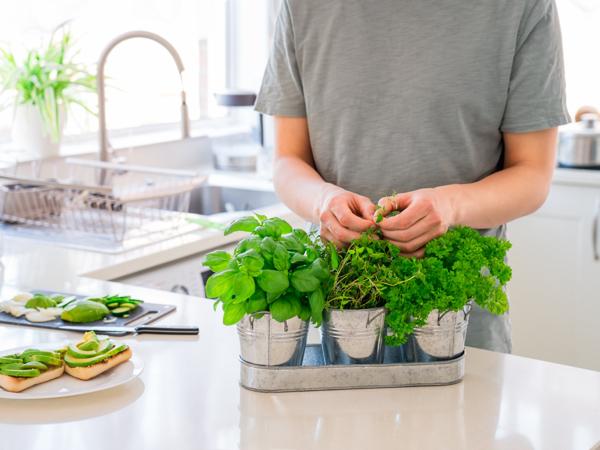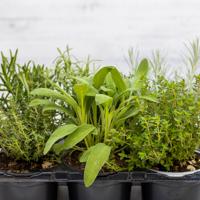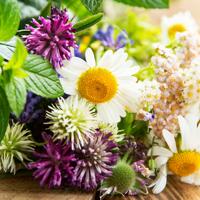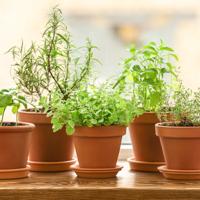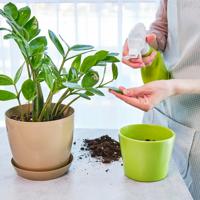Growing your own herbs indoors can be both a fulfilling and a resourceful part of a sustainable garden-to-table lifestyle. There’s something incredibly gratifying about garnishing a dish with fresh herbs that you’ve nurtured yourself.
When it comes to flavor, how and when you harvest your herbs makes a significant difference. While the guidelines vary slightly across different types of herbs, this article will provide some general tips, specific examples, and hopefully, some inspiration for your gardening journey.
Timing Your Harvest
For many herbs, the timing of your harvest can affect their flavor and potency. In general, the best time to harvest herbs is in the morning, after the dew has dried but before the heat of the day. This is when the oils in herbs, which contribute the most to their flavor, are at their peak.
For instance, basil and mint should ideally be harvested before they flower. Once in bloom, these herbs can divert their energy away from leaf production, which can result in diminished flavor.
Knowing the Right Techniques
When harvesting, you need the right technique. Using clean, sharp scissors or garden shears can help you avoid damaging the plants. Make clean cuts rather than tearing or pinching the stems, which can harm the plant and affect future growth.
Leafy Herbs
For leafy herbs like basil or cilantro, snip the stems just above a pair of leaves. This encourages the plant to branch out and produce more foliage. As a personal tip, start from the top of the plant and work your way down. It helps the plant grow bushier and more productive.
Woody Herbs
Woody herbs such as rosemary and thyme can be pruned by cutting just above the leaves and a bit back into the hardwood. Be cautious, however, not to cut too far down as this can harm the plant.
Quantity Matters
While it can be tempting to harvest large amounts at once, taking small amounts (no more than one-third of the plant at a time) can help your herbs to recover quickly and continue producing flavorful leaves.
Reference Example
A study published in the Journal of Agricultural and Food Chemistry [link not included due to request] indicates that reducing stress on the plant by minimizing harvests can potentially result in better yield and flavor of the herbs over time.
Specific Considerations
Different herbs have different needs. Here are a few specific examples:
-
Basil: Frequent pinching of basil tips promotes a bushier plant. Try to avoid cutting more than a third of the total foliage at once, as excessive harvesting can damage the plant.
-
Mint: Regular picking encourages mint to grow fuller. Cutting just above a set of leaves will often result in two new shoots developing.
-
Parsley: Cut leaves from the outer portions of the plant, allowing new growth to develop in the center.
Storage Tips
If you’re not using your fresh herbs immediately, consider the best storage practices. Freshly cut herbs can be placed in a jar with a bit of water, covered with a plastic bag and kept in the fridge. This method works well for basil, which dislikes cold temperatures when harvested.
Conclusion
Harvesting herbs is as much an art as it is a science. Observing your plants and understanding their growth patterns will contribute greatly to maximizing their flavor. Remember, freshness is a journey, not a race. Enjoy your journey to incorporating the freshest possible flavors into your meals, straight from your indoor garden.
Happy gardening!
